Remarkable Mentors: Jere Osgood
While absorbing much from Frid’s instruction, Osgood remained true to his own vision, and over the years his furniture came to embody more experiments with form, structure, and joinery.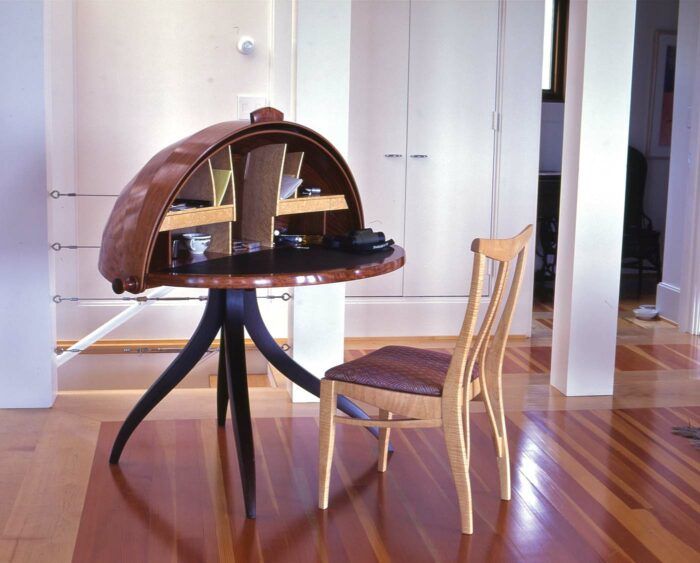

Jere Osgood began making furniture as a young boy in his father’s basement workshop in Staten Island, N.Y., having learned woodworking from his uncles and grandfather. Soon, he was selling pieces to his neighbors. By the time he became a student of Tage Frid’s at RIT in 1958 at age 22, Osgood had been selling pieces of his own design at craft galleries in Manhattan and had even invented some new joinery. Unimpressed, Frid told him to forget everything he knew and start over.
Osgood’s affect—gentle, very soft-spoken, and extremely reserved—was the opposite of Frid’s. But his steel and his self-confidence were just as strong. While absorbing much from Frid’s instruction, Osgood remained true to his own vision, and over the years, his furniture came to embody more and more audacious experiments with form, structure, and joinery.
 |
 |
In early issues of Fine Woodworking, Osgood wrote landmark articles on bent lamination and tapered bent lamination, techniques he perfected and used to make sinuous legs and tapered, curving case sides in a range of tables, chairs, desks, and case pieces that form one of the most impressive bodies of work of the century. Design around the construction, indeed.
Around the bend. It can be a task to find a straight line in Osgood’s furniture. Curves were oxygen for his designs, and he developed methods of bending and tapering curved parts that have become standard practices.

Surprisingly, though possessing none of his mentor’s bravado or verbal force, Osgood became one of the most influential teachers of the era. At Boston University’s Program in Artisanry, he and his co-teacher, another extravagantly talented former Frid student, Alphonse Mattia, led classes that produced an astonishing array of brilliant furniture makers and teachers whose work ran the gamut from the most traditional to the most heterodox.
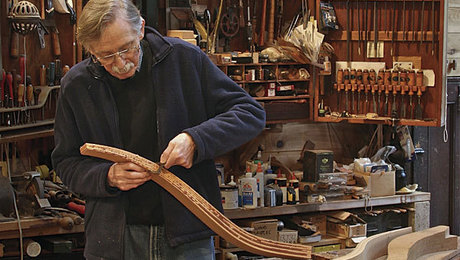
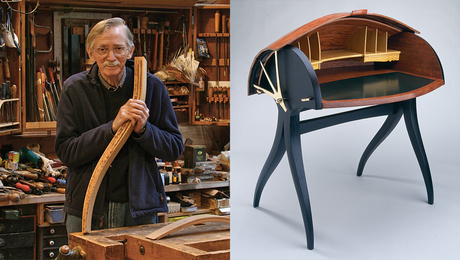
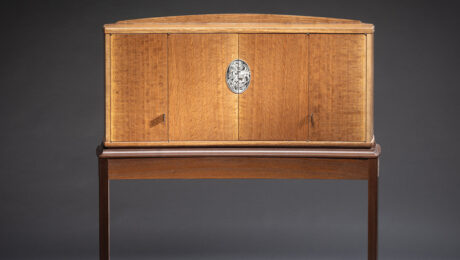
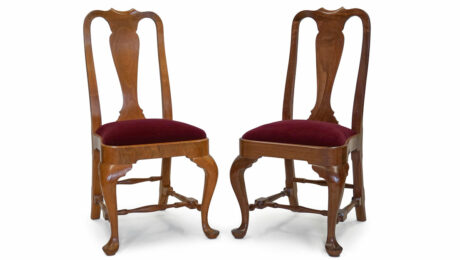

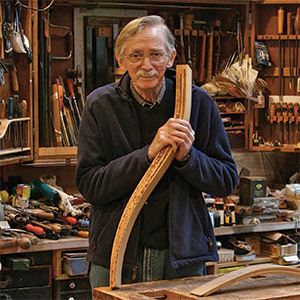

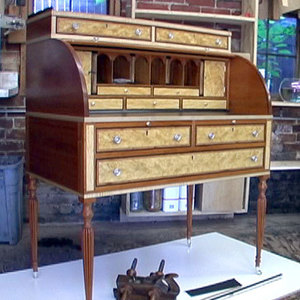
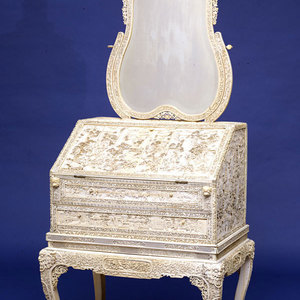










Log in or create an account to post a comment.
Sign up Log in